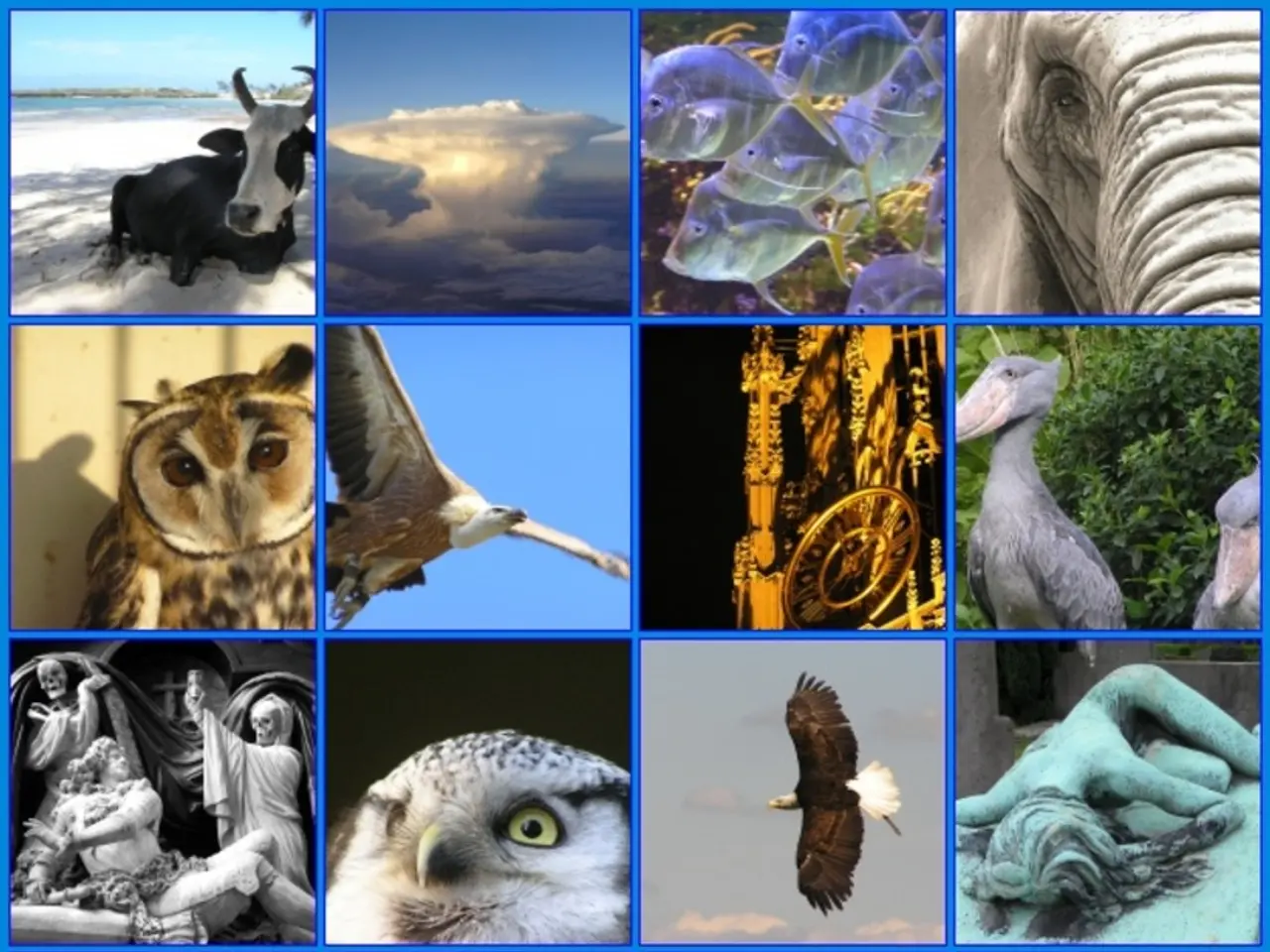Researchers Exploring the Brink of Extinction's Boundary
The Kākāpō, a flightless parrot known for its goofiness, has taken a significant step in its recovery journey. This national "spokesbird" for conservation, once declared functionally extinct 50 years ago due to invasive and predatory animals, now boasts a population of 247, up from a low of 18 in the 1970s.
Taane Davis, a conservationist who has dedicated two decades of his life to saving the Kākāpō, has been instrumental in this revival. Davis, who represents the Kākāpō Recovery Programme, works tirelessly to find population management solutions that account for both scientific and cultural needs.
This summer, for the first time in living memory, four Kākāpō were reintroduced to mainland New Zealand. Davis, who lives near a key breeding island for Kākāpō, which is the territory of the Ngāi Tahu iwi, a tribe in New Zealand, was present for this historic moment.
Meanwhile, the fight against mass extinction continues. Some scientists have declared a sixth mass extinction, with around 15,000 of an estimated 8 million species on the planet at risk of disappearing. The vaquita, a small porpoise found in the Gulf of California, has plummeted from an estimated population of 567 in 1997 to less than 30 today.
In an effort to preserve these species, Erich Jarvis chairs the Vertebrate Genomes Project (VGP), which aims to document the genomes of all 70,000 vertebrates on the planet. Thousands of coral were evacuated from Mote Marine Laboratory's offshore nurseries in a "genetic banking effort" this summer, as many unique coral that populate the reefs in the Florida Keys were bleached and killed due to a marine heat wave.
The Māori people, who view their livelihood as intertwined with their nonhuman neighbors, including species seen as taonga, or treasured, have created a genetic family tree for all living Kākāpō. The iwi, or tribe, views its connection with the Kākāpō as a crucial part of their identity, and they have worked closely with Davis and the Kākāpō Recovery Programme to ensure the bird's continued survival.
Even the Kākāpō themselves are equipped with personal Fitbit-like devices to monitor their health and feeding habits. Each Kākāpō has a personalized feeding station to ensure they receive the nutrients they need.
However, the fight against extinction is far from over. The coral reefs in Key West faced a critical period when water temperatures exceeded 100°F this summer. Coral regeneration through refragmentation occurs 40-50 times faster than typical coral growth, but the task ahead is still daunting.
As we continue to face the challenges of conservation, the success of the Kākāpō serves as a beacon of hope. With dedication, collaboration, and a deep respect for the natural world, it is possible to turn the tide on extinction.
Read also:
- Understanding Hemorrhagic Gastroenteritis: Key Facts
- Stopping Osteoporosis Treatment: Timeline Considerations
- Tobacco industry's suggested changes on a legislative modification are disregarded by health journalists
- Expanded Community Health Involvement by CK Birla Hospitals, Jaipur, Maintained Through Consistent Outreach Programs Across Rajasthan








